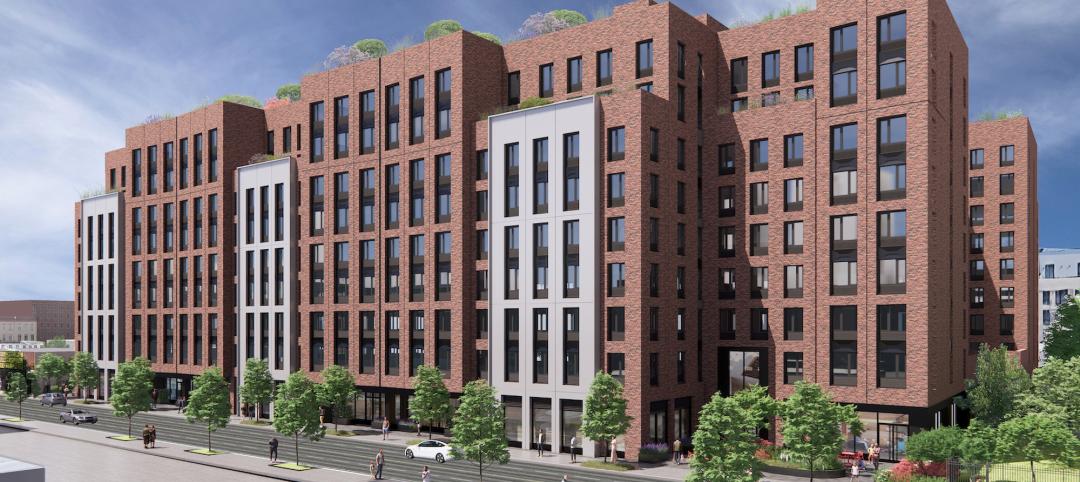“Motivation and Means: How and Why IPD and Lean Lead to Success”, co-sponsored by the Integrated Project Delivery Alliance, explodes several myths about Lean and IPD.
Myth #1: Delivery matters less than choosing the right people; behaviors can’t be dictated by a contract. You won’t get the A Team every time, but you can still foster positive behavior, says principal author Renée Cheng, PhD, AIA, Professor, School of Architecture, University of Minnesota. Think through which players you want on your team, how to create the right culture, and how to get rid of nonperformers.
Myth #2: IPD contracts are too complicated, Lean tools are too rigid. IPD and Lean are “a lot more flexible than people think,” says Cheng. Investing the time up front for designing your IPD and Lean procedures can pay off in huge ROI. Teams also vary in how they use IPD and Lean. It’s not as rigid as commonly believed, she says.
Myth #3: IPD only works on large complex healthcare projects. Teams new to IPD and Lean are at a disadvantage. Cheng says there’s no evidence that small projects cannot benefit from using an IPD and Lean. Moreover, you can have a team that’s new to IPD, or one that has half its team members experienced in IPD and Lean, and both can still work, she says.
Myth #4: Owners aren’t getting best value; or, owners are getting value but the team is not making a profit. Cheng says it’s hard to get at “pure results” for owners because “it usually depends on how well the owner sets the cost and schedule targets.” The research did show that 100% of owners in the study said their IPD/Lean projects met or exceeded expectations.
In terms of meeting schedule, some teams were just a bit over, a number were under. Similarly, with regard to budgets, one project team went over, some were at budget, a number were under.
As for profitability, Cheng says some project teams have reported making 20-30% more in an IPD than under a non-IPD. “I did see teams working collectively with the owner to determine a target cost, and this drove the original allowable cost way below market, and the profit was distributed.”
Myth #5: IPD and IPD-lite are essentially the same; financial incentives and release of liability are no big deal. Cheng says the behavior is “strikingly different” between those who have skin in the game and those who do not. “Those in the signatory pool behave much more collaboratively, there’s a lot more fluidity in how they’re willing to trade scope, and they’re much more willing to call out behavior that’s not productive.”
Finally, there’s a lot more “fun and enjoyment” in true IPD projects, says Cheng—“a lot more time being spent on positive things. It’s very positive and collaborative.”
Related Stories
Hotel Facilities | Jan 22, 2024
U.S. hotel construction is booming, with a record-high 5,964 projects in the pipeline
The hotel construction pipeline hit record project counts at Q4, with the addition of 260 projects and 21,287 rooms over last quarter, according to Lodging Econometrics.
Modular Building | Jan 19, 2024
Virginia is first state to adopt ICC/MBI offsite construction standards
Virginia recently became the first state to adopt International Code Council/Modular Building Institute off-site construction standards.
Modular Building | Jan 19, 2024
Building with shipping containers not as eco-friendly as it seems
With millions of shipping containers lying empty at ports around the world, it may seem like repurposing them to construct buildings would be a clear environmental winner. The reality of building with shipping containers is complicated, though, and in many cases isn’t a net-positive for the environment, critics charge, according to a report by NPR's Chloe Veltman.
Sponsored | BD+C University Course | Jan 17, 2024
Waterproofing deep foundations for new construction
This continuing education course, by Walter P Moore's Amos Chan, P.E., BECxP, CxA+BE, covers design considerations for below-grade waterproofing for new construction, the types of below-grade systems available, and specific concerns associated with waterproofing deep foundations.
Sponsored | Performing Arts Centers | Jan 17, 2024
Performance-based facilities for performing arts boost the bottom line
A look at design trends for “budget-wise” performing arts facilities reveals ways in which well-planned and well-built facilities help performers and audiences get the most out of the arts. This continuing education course is worth 1.0 AIA learning unit.
Affordable Housing | Jan 16, 2024
Construction kicks off on $237.9 million affordable housing project in Brooklyn, N.Y.
Construction recently began on an affordable housing project to create 328 units for low-income and formerly homeless populations in Brooklyn, N.Y.
Giants 400 | Jan 15, 2024
Top 90 Hospital Facility Construction Firms for 2023
Turner Construction, Brasfield & Gorrie, JE Dunn Construction, McCarthy Holdings, and STO Building Group top BD+C's ranking of the nation's largest hospital facility general contractors and construction management (CM) firms for 2023, as reported in the 2023 Giants 400 Report.
Airports | Jan 15, 2024
How to keep airports functional during construction
Gensler's aviation experts share new ideas about how to make the airport construction process better moving forward.
Adaptive Reuse | Jan 12, 2024
Office-to-residential conversions put pressure on curbside management and parking
With many office and commercial buildings being converted to residential use, two important issues—curbside management and parking—are sometimes not given their due attention. Cities need to assess how vehicle storage, bike and bus lanes, and drop-off zones in front of buildings may need to change because of office-to-residential conversions.
MFPRO+ News | Jan 12, 2024
As demand rises for EV chargers at multifamily housing properties, options and incentives multiply
As electric vehicle sales continue to increase, more renters are looking for apartments that offer charging options.
















